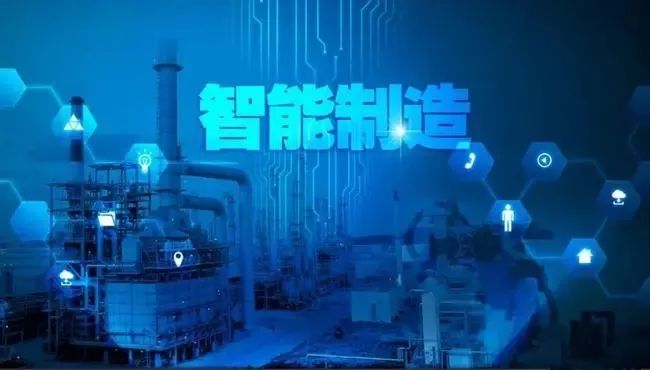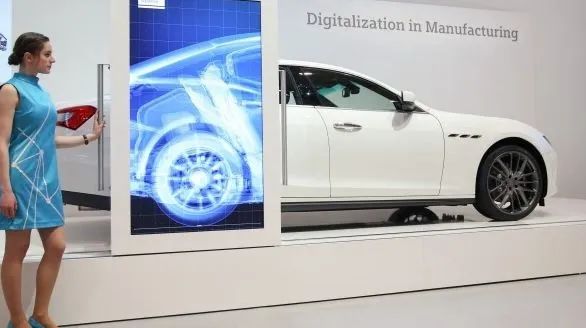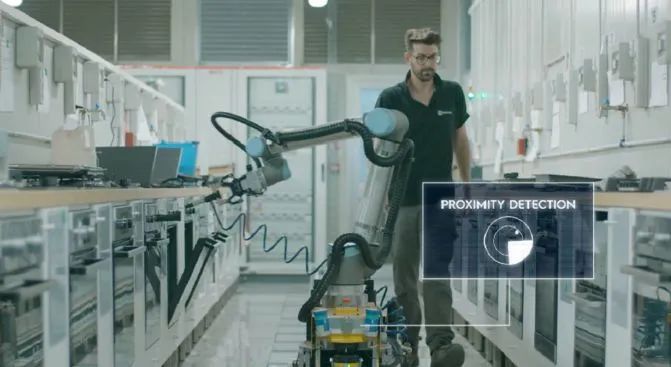15358968703

Intelligent Manufacturing: multiple difficulties and five difficulties

At present, China's manufacturing industry is facing extremely severe challenges. Under this background, how can manufacturing enterprises achieve transformation and upgrading? Promoting intelligent manufacturing has become an important way. However, at present, Chinese manufacturing enterprises are facing many difficult problems in promoting intelligent manufacturing:
NO.1There are a lot of concepts and technologies
In recent years, starting from the upsurge of industry 4.0, concepts such as intelligent manufacturing, CPS, industrial Internet (platform), enterprise cloud, industrial app, artificial intelligence, industrial big data, digital factory, digital economy, digital transformation, C2B (c2m) have followed. For most manufacturing enterprises, they are dazzled and at a loss.
Intelligent manufacturing involves many technologies, such as cloud computing, edge computing, RFID, industrial robot, machine vision, three-dimensional warehouse, AGV, virtual reality / augmented reality, 3D printing / additive manufacturing, industrial security, TSN (time sensitive network), deep learning, digital twin, MBD, predictive maintenance, Make the enterprise dizzying. These technologies look beautiful, but how to apply them and how to achieve practical results? Many enterprises are still unknown.
NO.2Feel the stones to cross the river
Enterprises lack experience in promoting relevant technologies in the field of intelligent manufacturing, and lack successful cases that can be used for reference. At present, there are three types of islands in manufacturing enterprises: information islands, automation islands, and islands between information systems and automation systems. At present, enterprises also lack a unified department to systematically plan and promote intelligent manufacturing. In the process of actually promoting intelligent manufacturing, enterprises still have a headache and lack of rules.

NO.3The ideal is full, and the reality is skinny
Promoting intelligent manufacturing has a bright future. However, the vast majority of manufacturing enterprises have low profit margins and lack of independent capital investment. Stimulated by policies such as "special projects", "demonstration" and "machine replacement", some state-owned enterprises and large private enterprises have won financial support from governments at all levels, while small and medium-sized enterprises can only "watch from the shore" and rely on themselves. However, in order to win over government projects, the scheme must be beautiful, the grade must be high, and the investment must be hundreds of millions.
Large screen command center is a must, automatic production lines with a large number of robots must be built, stereoscopic warehouses and AGVs can also be built, MES is even more essential, and domestic systems must be used. As for whether the actual effect can be achieved, only the enterprise "knows whether it is warm or cold".
NO.4Automation, digitalization or intelligence?
In the process of promoting intelligent manufacturing, many enterprises are eager to establish a no man-made factory and a black light factory, believing that this is an intelligent factory. In fact, high automation is the concept of industry 3.0.
For mass-produced products, excellent foreign enterprises have long realized no manual factory, such as FANUC fully automatic assembly servo motors in Japan, one in 40 seconds. However, the premise is that the standardization and serialization of products, as well as the design for automatic assembly, such as changing the structure that needs to be inserted with cables into the socket structure.

From the perspective of technology and management, there are five major difficulties for Chinese manufacturing to move towards intelligent manufacturing:
1、 Intelligent manufacturing is based on the deep integration of digital technologies such as the new Internet of things, big data, cloud computing and advanced manufacturing technologies. It runs through all links of manufacturing, operation and management of the entire supply chain from design, supply, production and manufacturing to service.
Therefore, intelligent manufacturing includes two systems engineering, one is the system engineering of Intelligent Manufacturing Technology (manufacturing technology and information technology) integration, and the other is the system engineering of management. At present, these two systems engineering problems are not only faced by Chinese enterprises, but also by European and American enterprises.
2、 The equipment manufacturing industry is still the bottleneck and can not keep up with the development of intelligent manufacturing. Intelligent manufacturing will eventually fall into manufacturing technology and equipment. Although China is in a dominant position in the Internet, Internet of things, big data, cloud computing and other digital technologies as well as the in-depth application of 5g, the final execution unit of manufacturing still needs to be machine tools. In this regard, we still have a big gap compared with European, American and Japanese enterprises, such as industrial robots, 3D printing, chip lithography machines, high-precision measurement and testing equipment, etc.
3、 The in-depth development of the basic data platform is not controlled. To realize intelligent manufacturing, enterprises need two basic system platforms, one is MES system, the other is ERP system. However, we do not have independent software platforms for these two systems, and we still rely on Europe and the United States. Therefore, we are still limited in the development of in-depth customization.
4、 Algorithm development. Intelligent manufacturing needs to realize self-determination, self-management and self-learning based on data and fully mining data value. From data source collection, data presentation, data analysis to self diagnosis, automatic feedback and automatic adjustment and control, algorithm development is indispensable. The core of intelligence is algorithm.
Algorithm development is a multi-disciplinary, cross-border and interdisciplinary work, which requires both in-depth understanding of business and it technology thinking. At present, there is still a big gap in the open resources of algorithms.
5、 Management and organizational change. On the one hand, intelligent manufacturing realizes end-to-end, full information sharing and management platformization based on data, breaking the original pyramid bureaucratic management system structure of the enterprise. There will be great resistance to change from the owners of the original power structure. Often they also master the decision-making power, resulting in inadequate investment in Intelligent Manufacturing Resources.
On the other hand, the management mode will change due to the information platformization, and the self-management and self decision-making mechanisms of individuals and task teams will become more and more common. However, at present, no good organization management mode and organizational culture have been found to stimulate the willingness of individuals and small teams to work and cooperate with each other.
Based on the above reasons, the road of Intelligent Manufacturing in the future still needs to be explored for a long time. There are three points that need innovation and Breakthrough:
First, it needs independent research and development in technology, breaking through the bottleneck of assembly and software technology, and paying attention to the core technology in the whole ecological chain;
Second, in terms of adaptability, it is necessary to promote organizational and management changes to adapt to the management changes brought about by information technology.
Third, it is necessary to introduce system engineering and top-level design on the road of intelligence, so as to realize the deep integration of manufacturing technology, information technology and organization management.